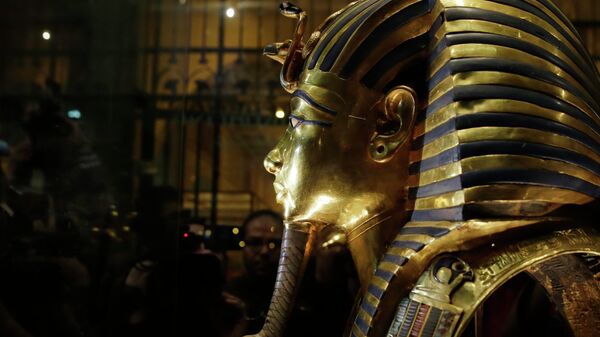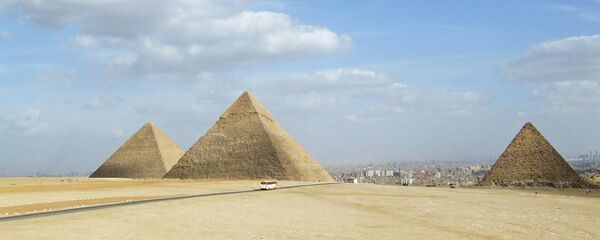The so-called Libyan Desert Glass, which was found last century in ancient jewellery buried beside Egyptian King Tutankhamun, was formed by a meteorite impact about 29 million years ago, a new study has revealed.
The findings published by the journal Geology suggest that the canary yellow glass was made of a mineral called reidite which can only be created by a meteorite explosion in the Earth’s atmosphere.
READ MORE: Biblical Pharaoh May Have Founded Ancient Israel, Archaeologist Claims
The survey’s lead author, Dr Aaron Cavosie of the Space Science and Technology Centre in Curtin’s School of Earth and Planetary Sciences, said that scientists have been at odds over whether the glass “was formed during meteorite impact, or during an airburst, which happens when asteroids called Near Earth Objects explode and deposit energy in the Earth’s atmosphere”.
“Both meteorite impacts and airbursts can cause melting, however, only meteorite impacts create shock waves that form high-pressure minerals, so finding evidence of former reidite confirms it was created as the result of a meteorite impact”, Cavosie pointed out.
The glass was discovered in a scarab beetle and other jewellery pieces buried next to Pharaoh Tutankhamun who ruled Egypt from 1323 BC to 1332 BC.


